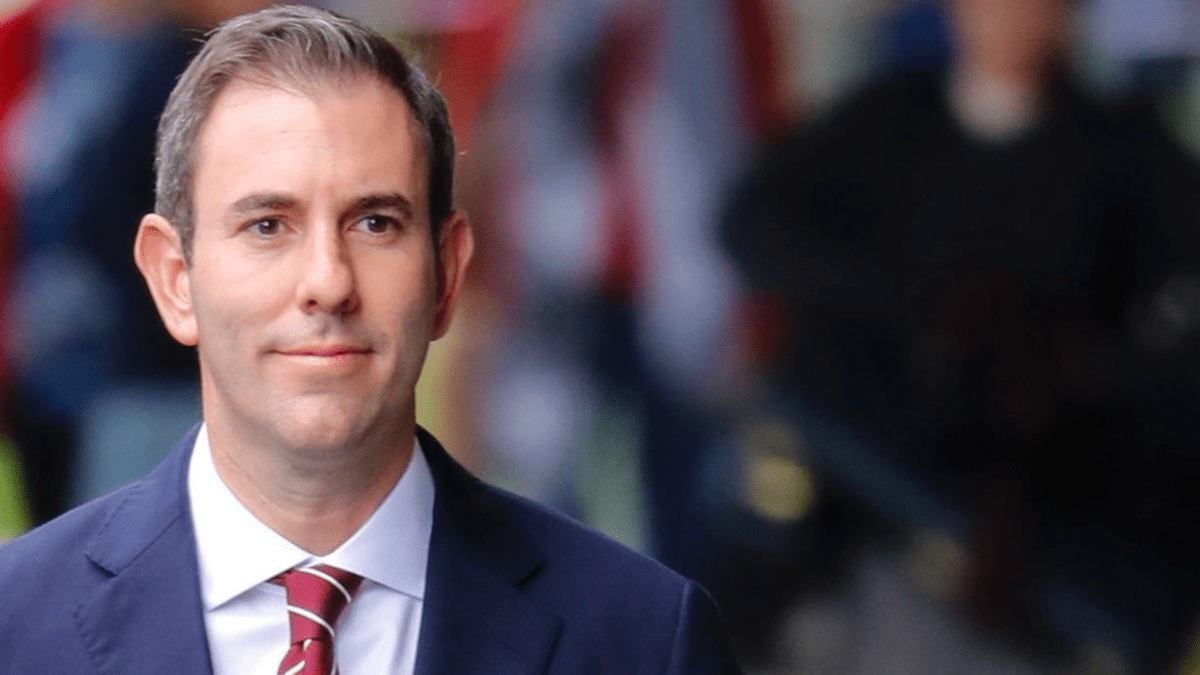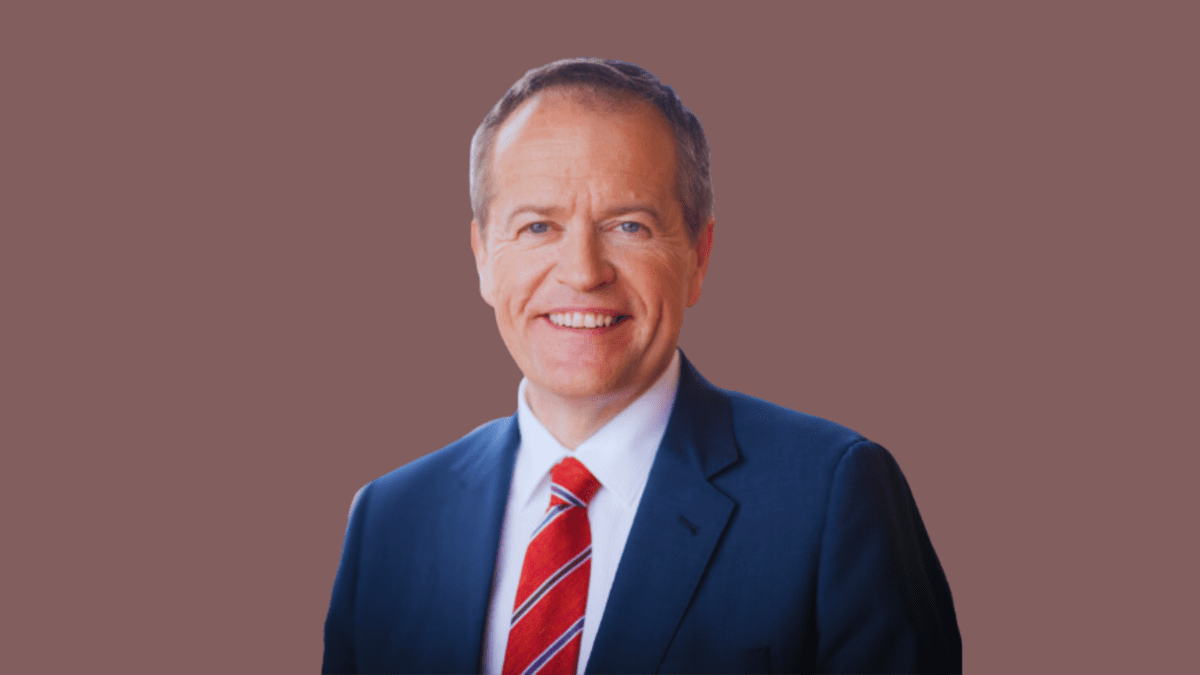Delta outbreaks challenge inflation consensus
Investment markets, driven by the proliferation of information and data, appear to be more short-term-focused than ever. Yet the most successful investors are typically those able to look beyond the short term, and identify the most important global and local themes occurring at any given time.
An important part of this process is understanding what is actually happening in various parts of the global economy, but particularly beyond the ‘inflation’, ‘bubble’ and valuation-driven headlines. In this article, I’ve provided a short quarterly update on the most important events of 2021 thus far.
Australia – Where else do we start?
Australia’s GDP growth of 1.8% in the third quarter placed the country in rare air, joining just five other nations that have seen the economy emerge from the pandemic larger than when it started. Despite the strong result, all is not as it seems. Mining exports continue to drive growth and consumption remains muted by a preference for savings. Retail sales have struggled after pandemic payments ceased.
Inflation remains low, hitting just 1.1% over the same period, well below the 1.4% consensus. Food and alcohol contributed significantly to the increase, up 0.7% and 7.9%, but it remains of little concern to the Reserve Bank. The central bank kept rates on hold and has continued with its QE policy despite public pressure, clearly seeking to support the economy as fiscal support is removed too soon.
Unemployment hit 5.1%, the same as prior to the pandemic, however, the number of people actually employed is lower and underemployment higher. The departure of migrant workers from Australia has left a hole in our employment market, with domestic workers unlikely to fill it complete potentially overstating employment.
The two key forces driving the economy are clear, with housing and business investment jumping on the back of targeted government support, however, the removal of the Term Lending Facility by the RBA will see fixed rate mortgages continue to increase. This should put a dampener on property speculation that has seen growth hit 10%.
Outlook: The OECD is predicting Australia to grow by 5.1% in 2021 and 3.4% in 2022, but worsening relations with China remain a massive risk. As does the missed opportunity for structural reform and the likely removal of stimulus too soon by state and federal governments.
United States – Shortest recession ever
The US economy has emerged from its slumber to once again lead the world. The incredible pace of their vaccine rollout benefiting from massive domestic production has allowed a return to near-normal activity much quicker than the rest of the world. GDP added 6.4% on an annualised basis for the quarter, with consumption key.
Inflation has been and will remain the key talking point for at least the next 12 months, with a 5% CPI jump in March sending shockwaves around the world. While the core inflation level was only 3.8%, these were the highest levels for 13 and 29 years respectively. That said, a 56% increase in energy prices and 30% in cars is hardly long-term.
The Federal Reserve staved off complacency by releasing a “dot plot chart” that showed some members of the board expected rate hikes in 2023, rather than 2024 as previously planned. That said, the central bank is yet to even publicly talk about “tapering” the bond purchases which have supported the financial system for a decade.
President Biden has remained busy, meeting with major trade and geopolitical partners and finally passing a US$1 trillion ($1.37 trillion) infrastructure package. The deal will benefit renewable energy and traditional infrastructure and is hoped to deliver a much-needed building boom.
Outlook: The OECD is predicting growth of 6.9% and 3.6% in the next two years with the Trump era trade wars long gone. The big question remains whether the US can overcome the supply chain issues facing the world to exert its consumer dominance again.
Europe – Another year away
The European Union has entered a double-dip recession, its second in two years, as the continent struggles through another round of COVID-19 infections and a difficult vaccine rollout. GDP fell 0.3% for the quarter as all of Germany, France and Spain contracted, with those reliant on tourism continuing to bear the brunt of the pain.
Unemployment has improved once again, reaching 8%, but the scars of the post-GFC austerity measures remain obvious. Youth unemployment is 17.2% across the region, with broader unemployment well above the rest of the developed world.
That said, the financial system appears to be coping well, supported by the Emergency Stimulus Package from the ECB totaling EUR$1.85 trillion ($3 trillion), with bond-buying showing no signs of slowing. The now-combined fiscal and monetary stimulus is offering a much-needed base for a sustained recovery, albeit a few years behind the US. The OECD is predicting growth of 4.6% and 4.7% respectively.
Despite an incredible vaccine rollout, the UK economy shrank by another 1.5% with its ability to deal with further outbreaks putting a dampener on the economy. All this is occurring at the same time as Brexit is being implemented, with the latest deal with Australia a positive for both parties. Inflation unexpectedly hit 2.1% in the quarter, but the Bank of England has no interest in reducing stimulus as it seeks to continue supporting a resilient consumer.
China – getting active as growth slows
China has long been the home of the global supply chain, for both low-cost and high-quality finished goods. However, the likes of the US and Japan are now seeking to diversify away from the region given the events of the last few years. That said, the Chinese have utilised the pandemic to solidify their position and reduce risk.
Despite a 0.6% quarterly GDP growth rate, the lowest in several decades, the country grew at 18.3% over the last 12 months and the OECD is now predicting a further 8.5% and 5.8% in the next two years. While all eyes are on the consumer, the real strength remains in business investment, including infrastructure, albeit less than before.
The government has clearly used this opportunity to realign the Chinese economy, growing more aggressive, with large domestic businesses like Alibaba but also with trading partners and neighbours, including Taiwan. Decarbonisation is a major source of investment as is the search for self-sufficiency, which saw the government push back against ‘inflated’ commodity prices.
Japan continues to struggle, with the push for the Olympics a last-ditch effort to bring the consumer back to life. GDP fell 1% in the quarter, with the OECD now predicting growth of just 2.6% and 2% respectively. Exports grew slower than imports and inflation was negative, down 0.1%, for the eighth straight month, suggesting difficult times ahead.










